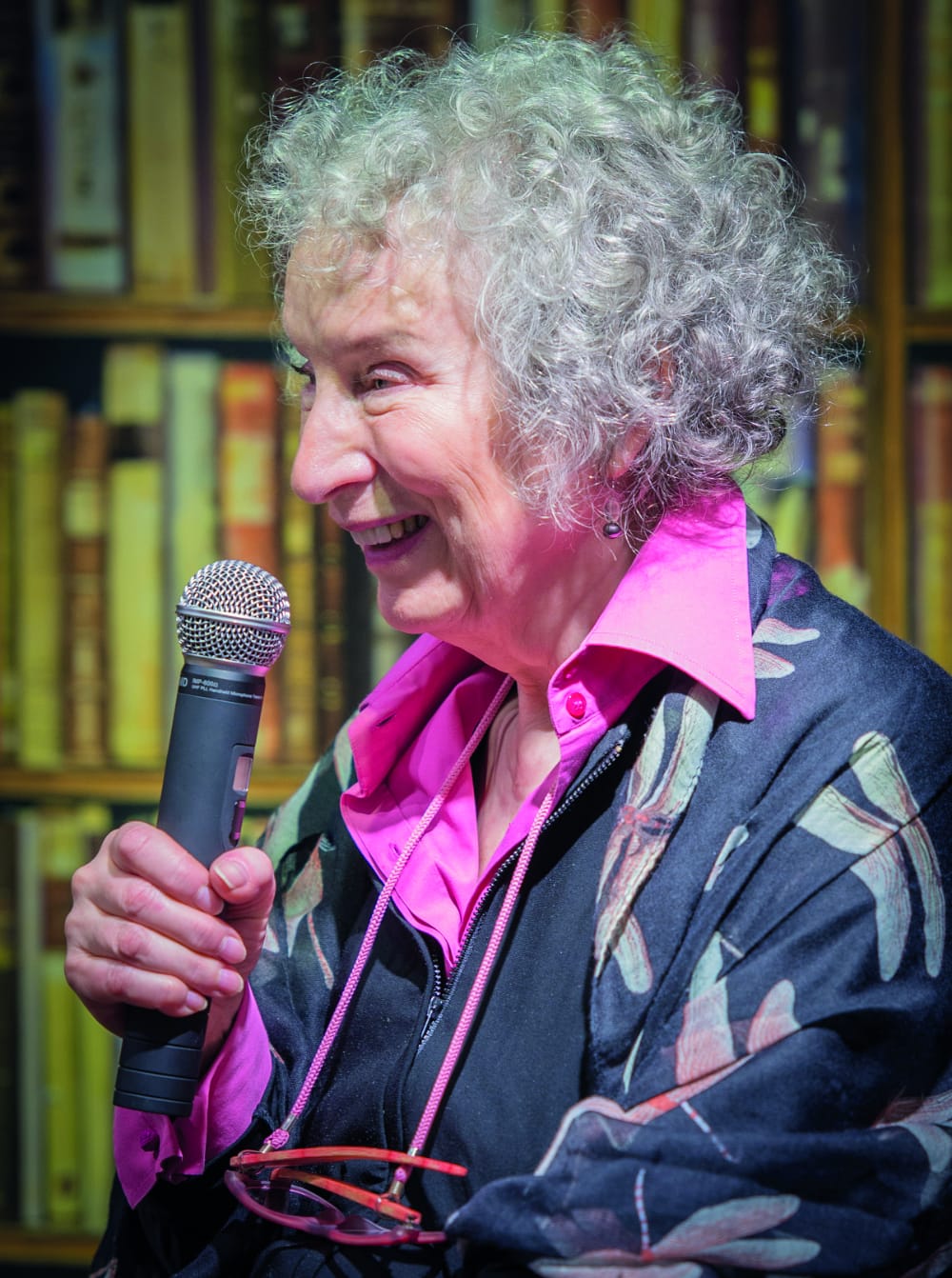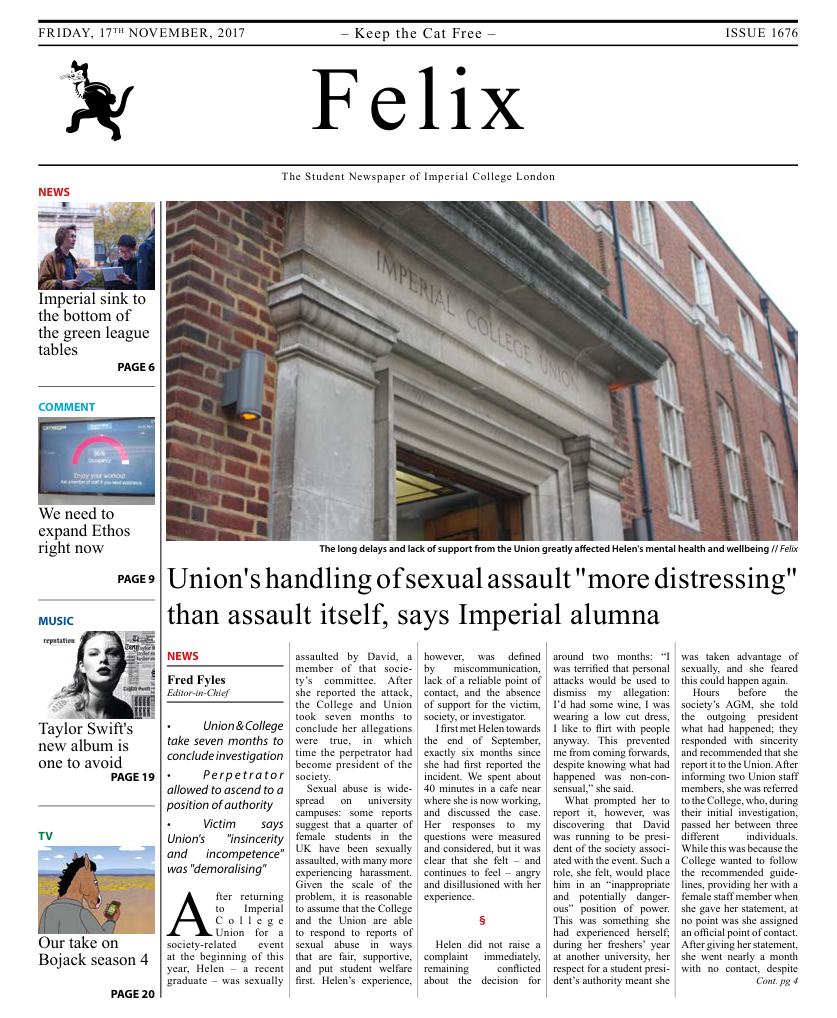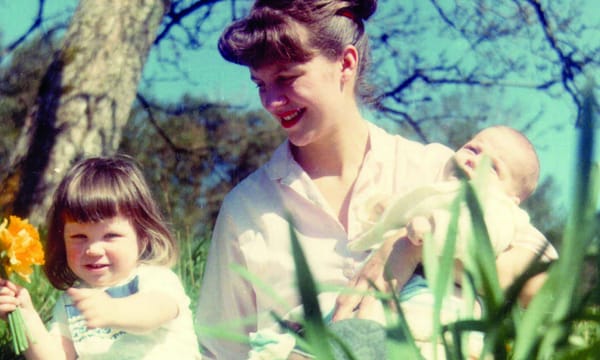Hollywood has brought Atwood’s dystopia to the screen, and now into reality
Despite being over 30 years old, The Handmaid’s Tale, with its warning of a future of curtailed women’s rights, is as disturbingly familiar as ever.

It seems the morning news is scarcely without another allegation of sexual assault these days. Harvey Weinstein has inspired many stars, mostly women, to share their stories of abuse by people with power. Finally, these hard-hitting topics may finally be discussed at a meaningful level through their association with a billion-dollar industry. These issues aren’t old news and they aren’t insignificant, but women’s rights have not been resolved in over a century.
Margaret Atwood drew upon many feminist themes which have remained universally constant throughout history in her 1985 novel The Handmaid’s Tale. She imagined the downfall of America into Gilead, an authoritarian patriarchy whose greatest concern is to reproduce. Nuclear waste has caused most women to be sterile and a strict class system has been developed so that the rich may procreate using “handmaid” surrogates. In Gilead, surrogacy is not a medical procedure – it’s even more intrusive. These women are subjected to ritualised rape, leading to one of the most disturbing book chapters I have ever read. Though many would like to say feminism is no longer an issue, it cannot be denied that in some ways nothing has changed, as evidenced by The Handmaid’s Tale and the current situation in Hollywood. It’s not fantastical to think there are still people who could imagine exploiting another person’s sexuality, whether it’s their will or not. A problem that was big enough to base a novel on in the 80s has resurfaced in a big way.
“Regardless of its political message, the novel still shines due to Atwood’s masterful writing style”
While I see sexual assault as the most striking theme of The Handmaid’s Tale there are many more which can also be paralleled with present day. Abortion, homophobia, and racism are also covered by Atwood as well as by modern media. Even the political climate that was around while Atwood wrote is echoed by ours. It was a time of conservative revival with Reagan and Thatcher taking control. I’m sure you can picture the equivalents that I’m thinking off. Based upon this book, society seems to have stalled since its publication. It’s been said that a recent TV adaptation of Atwood’s novel is even more disturbing than its source, but I think the true horror can be found in how it compares to reality through time.

Regardless of its political message, the novel still shines due to Atwood’s masterful writing style. Often it’s deceptively simple with a satisfying mixture of short and long, listed sentences. Though easy to follow, there’s a hint of mystery, something unfamiliar. Atwood likes to play with tense, often changing between paragraphs. It’s not always noticeable, but makes the text all the more unsettling. The narrator, Offred, can seem unstuck in time. Her stories of before start with a strong sense of memory and nostalgia. Then, slowly, she reverts and seeps back to another time, absorbed by it. The whole novel is part of Offred’s mind, and Atwood doesn’t hold back on reminding us that she is a biased narrator. Offred recounts the same scenes multiple times with different outcomes, a trick Atwood plays with in other works. The reader may seek the truth, ask what really happened to characters, but it’s more meaningful to delve into what the narrator believes, what she wishes for, to know when she’s lost hope.
Our exploration of the dystopian world is through its characters and their emotions. Atwood doesn’t turn her political idea into a battle, revolution or epic quest. It’s simply a description of a corrupt government and the effect it has on its people. No one has grand goals, they only want to survive, and reclaim their identity if they can. Dystopian novels of late have been riddled with teen angst and love triangles. This novel is a call back to the true power of the genre – an exploration of people and how the future needs to be protected from emotional disaster.
“The novel has always been powerful and keeps growing in power as it gains exposure”
Still, Offred isn’t a beat down, obedient character. She may act that way, but in secret she rebels. You can still feel the person she was before the regime through her witty narration and clever references. Atwood’s playful voice also adds a little uplift with the inclusion of small but frequent jokes. Even one of the most powerful quotes from the book “Nolite Te Bastardes Carborundorm. Don’t let the bastards grind you down,” was a made up phrase that Atwood found amusing during her school days.
This particular phrase has been taken as a powerful message by many and is a popular choice for tattoos. But the influence of the novel extends beyond body adornment. Last June, Hulu released its TV adaptation which has since won eight Emmy Awards and been renewed for season 2. The striking Handmaid uniforms from the series with their white bonnets and red capes have been worn to protest changes to Planned Parenthood and abortion laws in America. Vera Wang used the bonnets in her 2017 Spring/Summer collection to comment upon female oppression. Her conservative but slightly provocative designs have been said to look like “armour”. This seems to be the influence The Handmaid’s Tale has – it informs readers of political threats and inspires them to rally together into a stronger entity.
As for the future, I don’t see Atwood’s work disappearing any time soon. The novel has always been powerful and keeps growing in power as it gains exposure. Hopefully in the next 30 years there will be changes that finally turn the book’s themes into history, as there should have been since the its publication. Until them, lessons and inspiration can be found in its pages.









